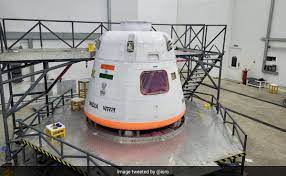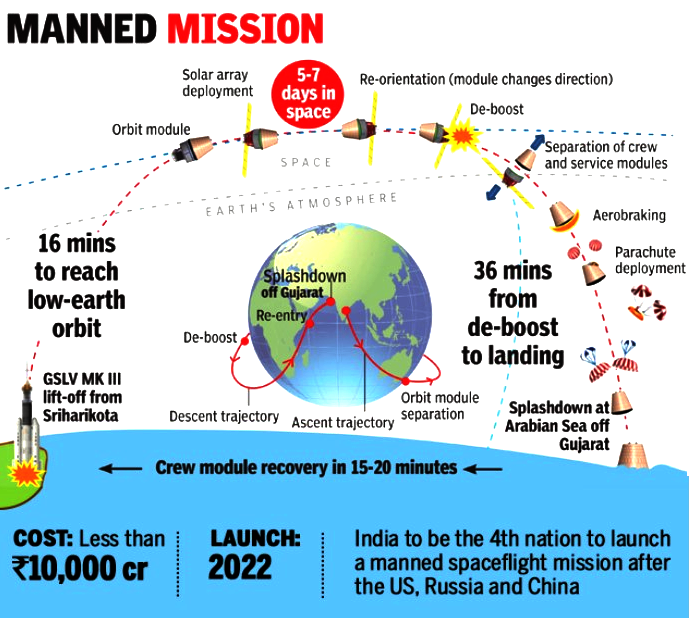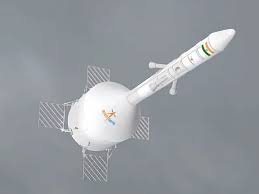
“Gaganyaan: India’s 1st Ambitious Human Spaceflight Mission”
Introduction
Gaganyaan is a significant mission by the Indian Space Research Organisation (ISRO) aimed at sending a Human spaceflight of three-member crew to space for a period of five to seven days. It was first announced by Prime Minister Narendra Modi in 2018 and holds the promise of making India the fourth nation to send humans to space.
Unmanned Missions as Precursors
Before the manned mission, ISRO planned to conduct two unmanned missions as part of the Gaganyaan program. The first unmanned mission was initially scheduled for December 2020, and the second for June 2021. However, the first mission faced delays due to the disruptions caused by the coronavirus pandemic.
Technical Details
- Low Earth Orbit (LEO): The Gaganyaan spacecraft will be placed in a low Earth orbit at an altitude of 300-400 kilometers.
- Cost: The total program cost is expected to be under Rs. 10,000 crore.
Historic Significance of Human spaceflight
Gaganyaan is a milestone as it marks India’s first indigenous mission to send Indian astronauts to space. If successful, India will join the elite club of countries that have sent humans to space, alongside the United States, Russia, and China.
Collaboration with Russia
ISRO is developing the spacecraft, and Russia is playing a pivotal role in training the astronauts for the mission.
Spacecraft Components
The spacecraft consists of two modules: the service module and the crew module, collectively known as the Orbital Module. The launch vehicle for this mission is the Geosynchronous Satellite Launch Vehicle GSLV Mk III, which has the required payload capacity.

Mission Duration
The human spaceflight is expected to take about 16 minutes to reach the intended low Earth orbit. The three astronauts will travel in the crew module, which has a diameter of 3.7 meters and a height of 7 meters.
Space Experience
During their mission, astronauts will orbit the Earth every 90 minutes. This rotation will enable them to witness breathtaking phenomena such as sunrise, sunset, and the view of India from space every 24 hours. Additionally, they will conduct experiments in microgravity.
Return and Landing
The spacecraft will take about 36 hours for the return journey and is planned to land in the Arabian Sea off the Gujarat coast.
Technological Advancements
ISRO has focused on developing crucial technologies for this mission, including the crew escape system, re-entry mission capability, thermal protection system, crew module configuration, deceleration and flotation system, and subsystems of life support systems.
Training of Astronauts
ISRO has signed a contract with a subsidiary of ROSCOSMOS, called Gavkosmos, to prepare the Indian astronauts selected for the mission. The four selected astronauts are all pilots from the Indian Air Force. They are undergoing comprehensive training, including medical, physical, and language training. This training also includes simulations in a centrifuge and a hyperbaric chamber to prepare them for the challenges of spaceflight, such as G-forces, hypoxia, and pressure changes.
Conclusion
The Gaganyaan mission represents a significant step in India’s space exploration journey, showcasing the nation’s capability to send humans to space. The collaboration with Russia and the dedication of the selected astronauts make this mission a promising endeavor with far-reaching implications for India’s space program.


